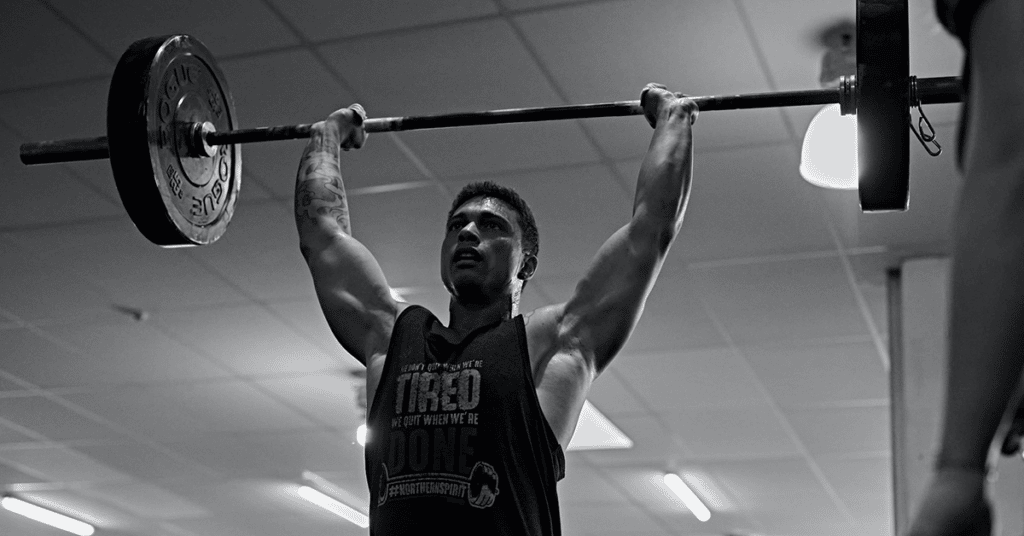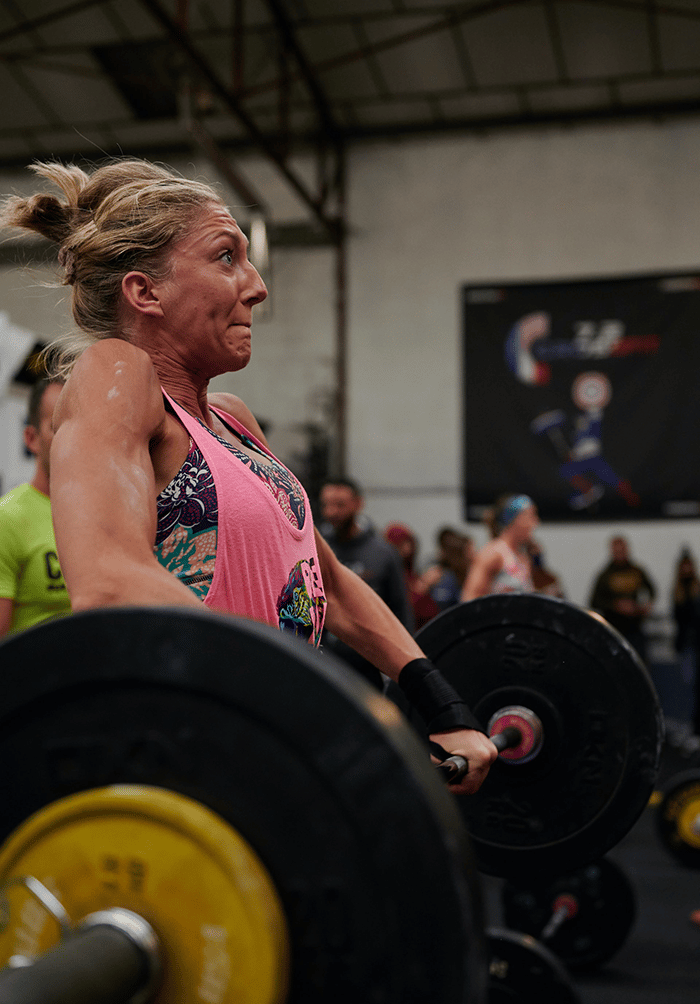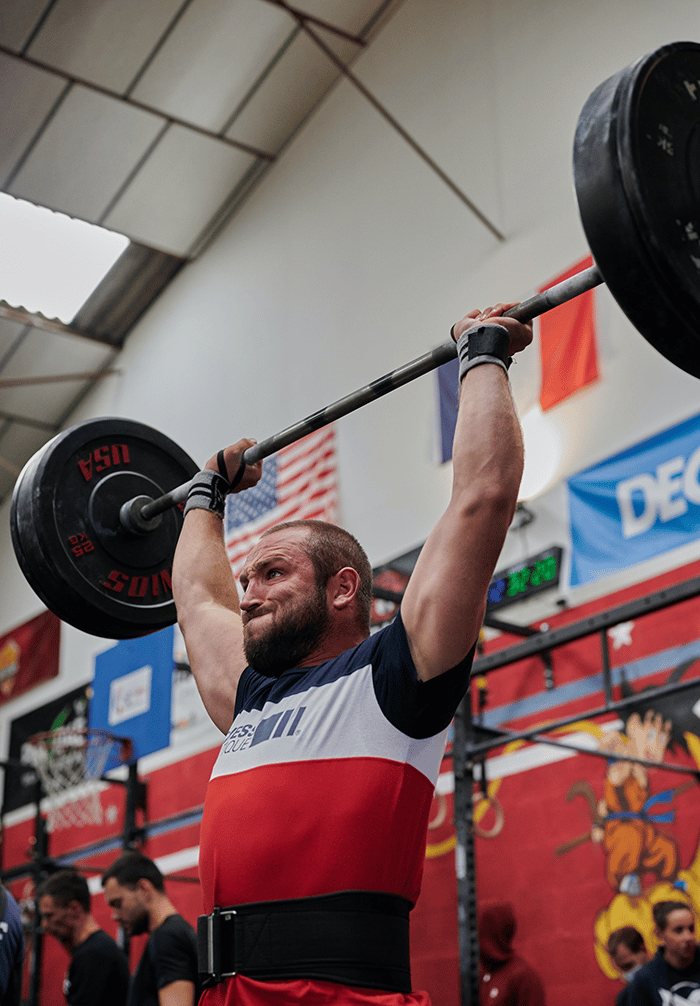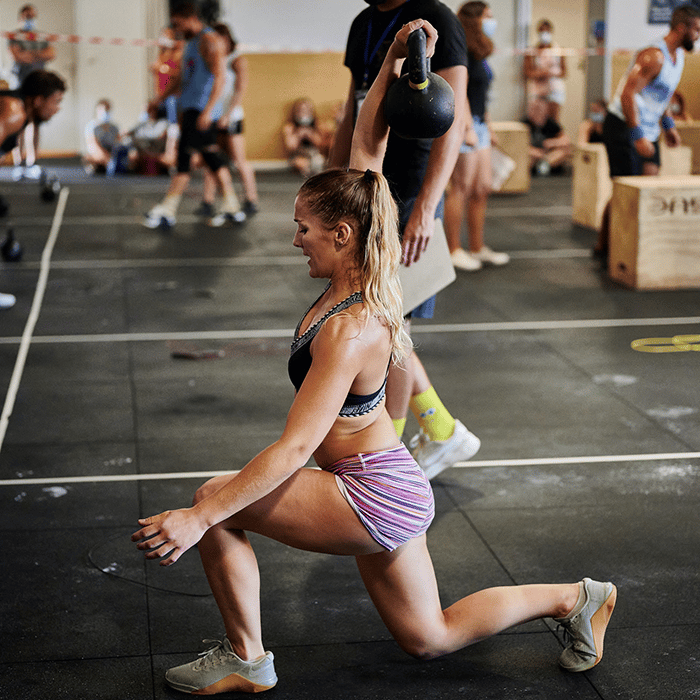
Push Pull Legs Split – 8 Week Beginner Program
This Push Pull Legs Split is designed for beginners with the primary purpose of building muscle.
It should be maintained for 8 weeks consistently.

Push Pull Legs Split – 8 Weeks Beginner Program
- Day 1 – Push workout – Chest, Shoulder, and Triceps
- Day 2 – Legs – Quads, Hamstrings, Calves and Glutes
- Active Recovery – Swim
- Day 3 – Pull workout – Back, Rear Delt, Biceps
- Day 4 – Core
- Active Recovery – Run
- Rest Day
- Push Pull Legs Split – 8 Weeks Beginner Program
- Day 1 Push– Chest, Shoulder, and Triceps
- Day 2 Legs – Quads, Hamstrings, Calves, and Glutes
- Day 3 Pull – Back, Rear Delt and Biceps
- Day 4 – Core and Arms
- Push Pull Legs Split Extra Notes
- Why is Protein Essential for Muscle Hypertrophy?
- Why is Sleep and Recovery Vital for Muscle Growth?
Day 1 Push– Chest, Shoulder, and Triceps
| Push Workout | Muscles | Reps |
| Flat Bench Press | Chest | 12, 10, 8 |
| Incline Dumbbell Press | Chest | 10, 8, 6 |
| DB Bench Press | Chest | 12, 10, 8 |
| Barbell Overhead Press | Shoulder | 12, 10, 8 |
| DB Front Raises | Shoulder | 10, 8, 6 |
| Bent Over Lateral Raises | Shoulder | 10, 8, 6 |
| Ring Dips | Tricep | 10, 8, 6 |
What is the Best Rogue Dip Station?

Day 2 Legs – Quads, Hamstrings, Calves, and Glutes
| Legs Workout | Muscles | Reps |
| DB Lunges | Quads & Hams | 10 x 2 |
| Barbell Back Squat | Quadriceps | 15, 12, 10 |
| GHD Hamstring Curl | Quadriceps | 10 x 2 |
| Deficit Deadlifts / Rack Pulls | Hamstrings & LB | 8, 6, 4 |
| Barbell Hip Thrust | Glutes | 10, 8, 6 |
| Barbell Front Squat | Glutes, Quads | 10 x 2 |

Day 3 Pull – Back, Rear Delt and Biceps
| Pull Exercises | Muscles | Reps |
| Pullup / Assisted PU | Back & Biceps | AMRAP x 3 |
| Deadlift | Back & Legs | 6, 4, 2 |
| Bent Over Row | Back | 12, 10, 8 |
| Barbell Shrugs | Shoulders | 10, 8, 8 |
| Single DB Rows | Back | 10 x 2 |
| Face Pull | Back & Rear Delt | 10 x 2 |
| Chin Ups | Biceps | 10 x 2 |

Day 4 – Core and Arms
| Core and Biceps | Muscles | Reps |
|---|---|---|
| Toes to Bar | Core | 10,8,6 |
| Side Plank | Core | 20-30 sec x 2 |
| Reverse Crunches | Core | AMRAP x 2 |
| Barbell Curls | Biceps | 12,10,8 |
| Barbell Reverse Curls | Biceps and Forearms | 12,10, 8 |
| Landmine Row | Back and Biceps | 15,12,10 |
Push Pull Legs Split Extra Notes
Start light and build up the weights gradually over time.
Learn more about German Volume Training
Why is Protein Essential for Muscle Hypertrophy?
Protein is essential for muscle hypertrophy, which is the process of increasing the size and strength of muscle fibres. Several reasons explain why protein is a critical component of muscle growth:
Amino Acid Building Blocks: Proteins are composed of amino acids, which are the building blocks of muscle tissue. When you consume protein-rich foods or supplements, your body breaks down these proteins into amino acids, which are then used to repair and build new muscle fibres.
Muscle Protein Synthesis (MPS): Muscle protein synthesis is the process by which your body creates new muscle proteins to replace damaged ones and increase muscle size. Consuming adequate protein promotes MPS, ensuring that your body has the necessary resources to repair and grow muscle tissue.
Nitrogen Balance: Protein is the primary dietary source of nitrogen, an essential element for muscle growth. To achieve a positive nitrogen balance (where your body retains more nitrogen than it excretes), you need to consume an adequate amount of protein. A positive nitrogen balance is indicative of an anabolic (muscle-building) state.
Recovery and Repair: During resistance training or intense exercise, muscle fibers experience microscopic damage. Protein helps in the repair and recovery process by providing the necessary amino acids for muscle tissue repair, reducing muscle soreness, and enhancing overall recovery.
Hormone Regulation: Protein intake can influence the release of hormones that play a role in muscle growth. For example, consuming protein-rich meals can increase the secretion of insulin, which has an anabolic effect and helps shuttle amino acids into muscle cells.
Satiety and Weight Management: Protein is also essential for weight management, as it helps you feel full and satisfied, reducing overall calorie consumption. Maintaining a healthy weight is important for optimizing muscle growth, as excess body fat can impair muscle definition.
Muscle Preservation: In cases of calorie restriction or weight loss, protein becomes even more critical for preserving existing muscle mass. Consuming sufficient protein helps minimize muscle loss while losing body fat.
It’s worth noting that the protein requirements for muscle hypertrophy can vary depending on factors like age, sex, training intensity, and individual genetics. Generally, athletes and those engaged in resistance training often aim for higher protein intake than sedentary individuals to support muscle growth and recovery.
While protein is essential for muscle hypertrophy, it should be part of a balanced diet that includes carbohydrates and fats as well. Proper nutrition, along with consistent resistance training, is the key to optimizing muscle growth and overall health. Consult with a registered dietitian or sports nutritionist to determine your specific protein needs based on your fitness goals and individual factors.
Why is Sleep and Recovery Vital for Muscle Growth?
Sleep and recovery are vital for muscle growth for several important reasons:
Muscle Repair and Growth: During deep sleep, especially during the stages of slow-wave sleep and rapid eye movement (REM) sleep, your body undergoes significant repair and recovery processes. This includes the repair and growth of muscle tissue. Sleep is a time when the body can prioritize the repair of damaged muscle fibers and the synthesis of new muscle proteins, leading to muscle hypertrophy.
Hormone Release: Sleep plays a crucial role in regulating the release of hormones that are essential for muscle growth. One of the key hormones involved is growth hormone (GH), which is primarily released during deep sleep. Growth hormone stimulates muscle protein synthesis and supports tissue repair and growth.
Testosterone Production: Testosterone, a hormone that promotes muscle growth and recovery, is also influenced by sleep. Testosterone levels tend to be highest during the early morning hours, and adequate sleep is necessary to support healthy testosterone production. Chronic sleep deprivation can lead to lower testosterone levels, which can negatively impact muscle growth.
Energy Restoration: Sleep is a time for the body to restore energy reserves, such as glycogen stores in the muscles and liver. Adequate glycogen levels are essential for providing energy during workouts, enabling you to train with intensity and recover effectively.
Immune System Function: Sleep is crucial for a healthy immune system. Intense exercise can stress the immune system, and adequate rest is necessary to support immune function and prevent illness. Illness can disrupt training and hinder muscle growth.
Central Nervous System Recovery: Physical training places stress on the central nervous system (CNS). Sleep allows the CNS to recover and adapt, which is important for optimal neuromuscular function and muscle coordination during workouts.
Reduction of Cortisol Levels: Adequate sleep can help regulate stress hormone levels, including cortisol. High levels of cortisol can have catabolic (muscle breakdown) effects, so controlling cortisol through proper sleep can support muscle growth.
Pain Management and Inflammation: Sleep helps manage pain perception and reduces inflammation. If you experience muscle soreness or minor injuries from training, quality sleep can accelerate the healing process and minimize discomfort.
To maximize muscle growth and overall athletic performance, it’s essential to prioritize sleep and recovery alongside your training and nutrition plan.
Aim for 7-9 hours of quality sleep per night, establish a consistent sleep schedule, create a conducive sleep environment, and manage stress levels. Additionally, implementing recovery strategies like proper nutrition, hydration, stretching, and rest days between intense workouts can further enhance your muscle growth and overall well-being.



